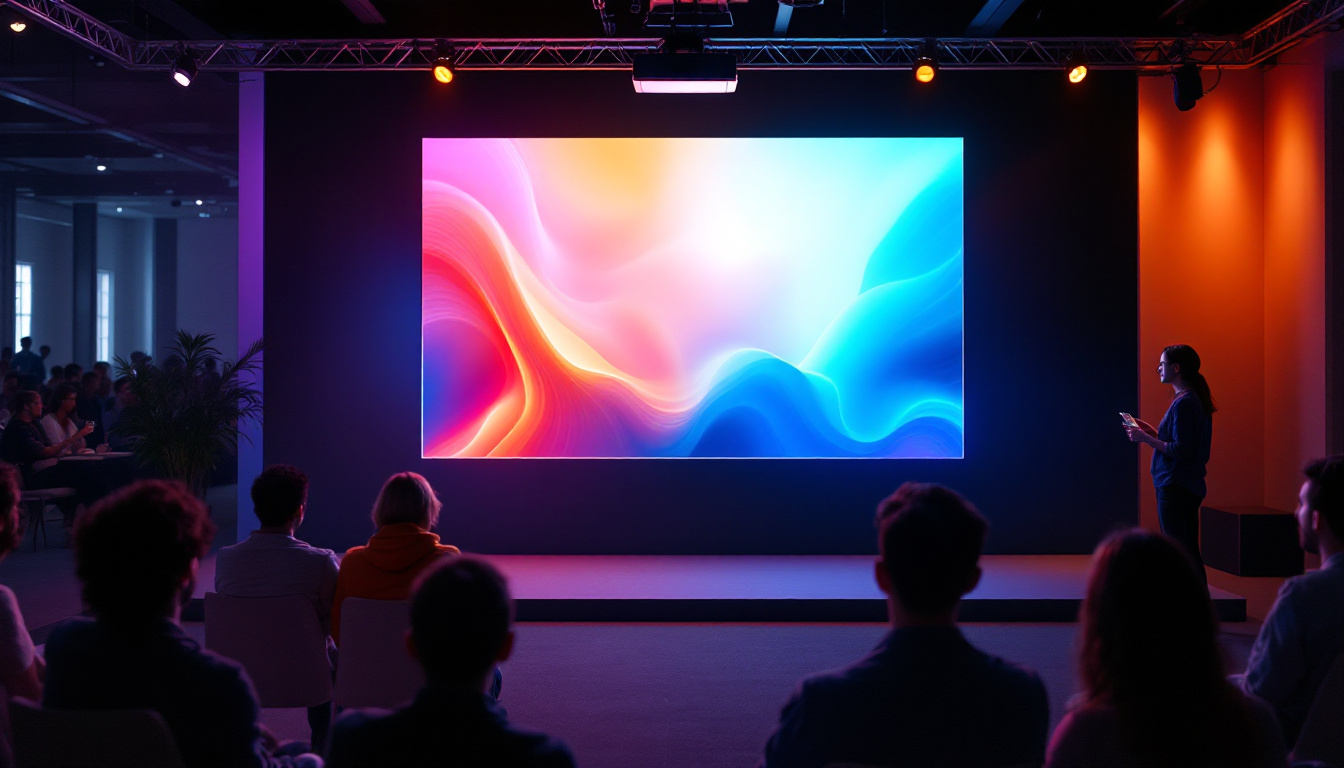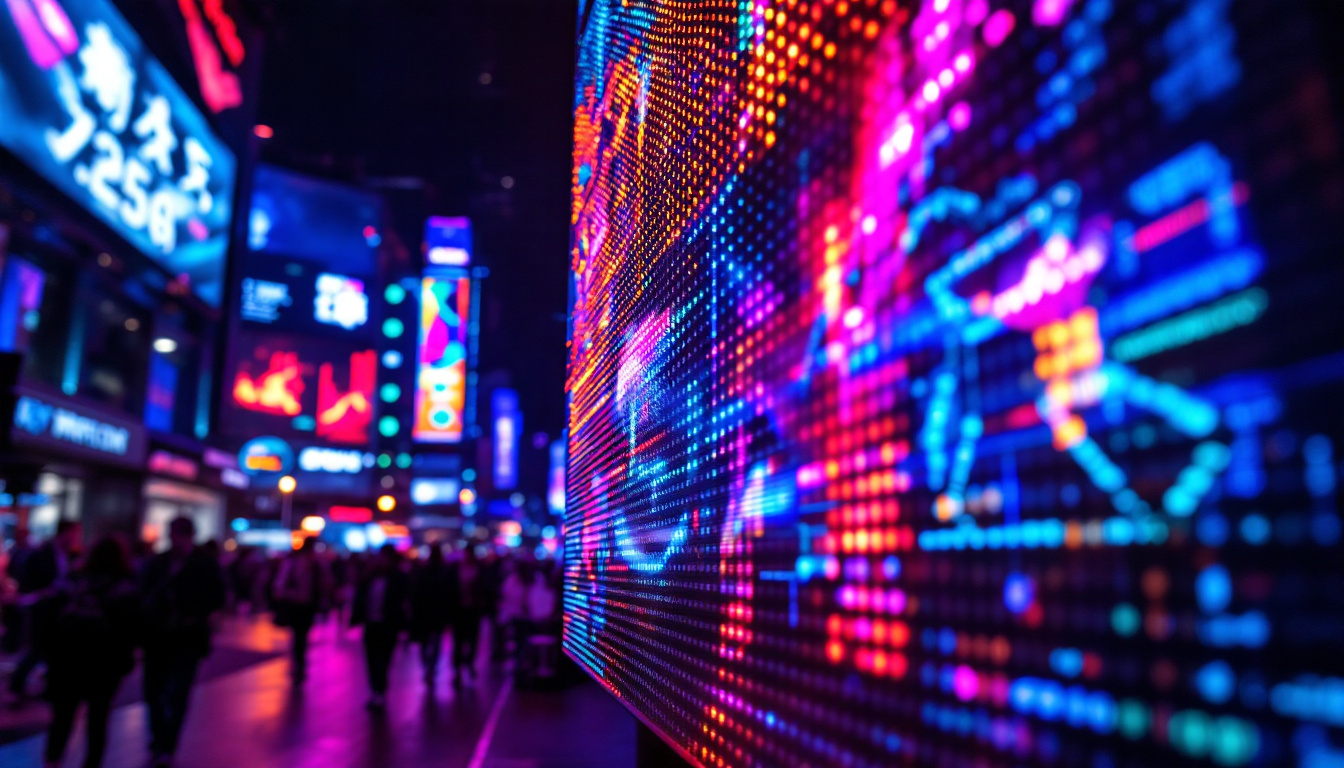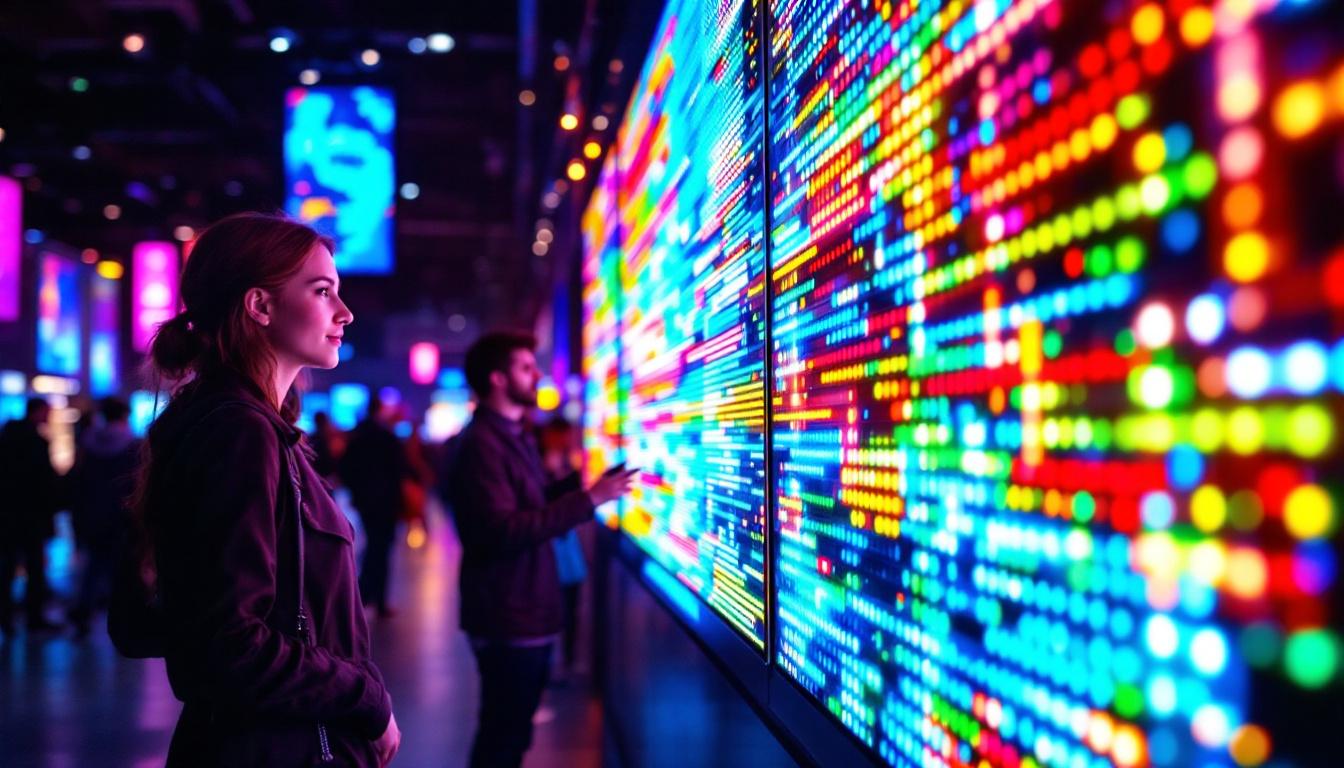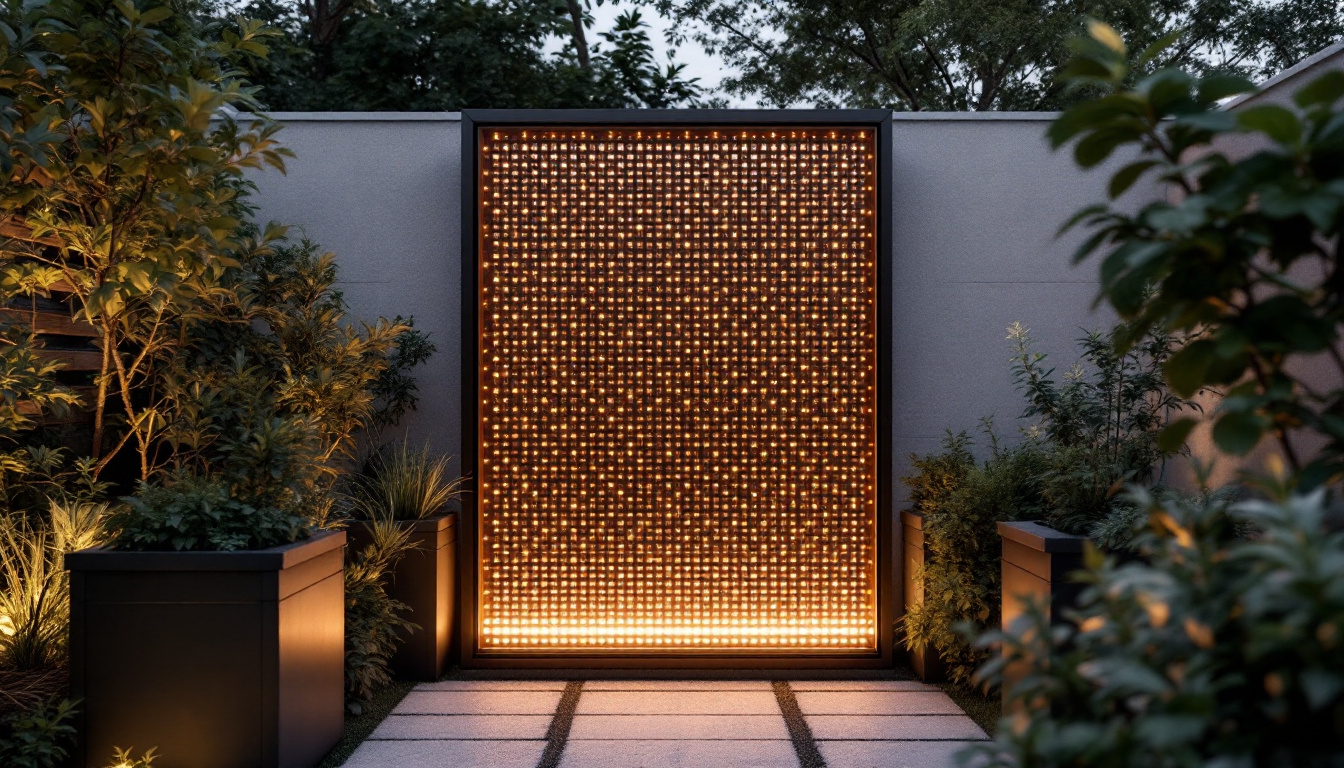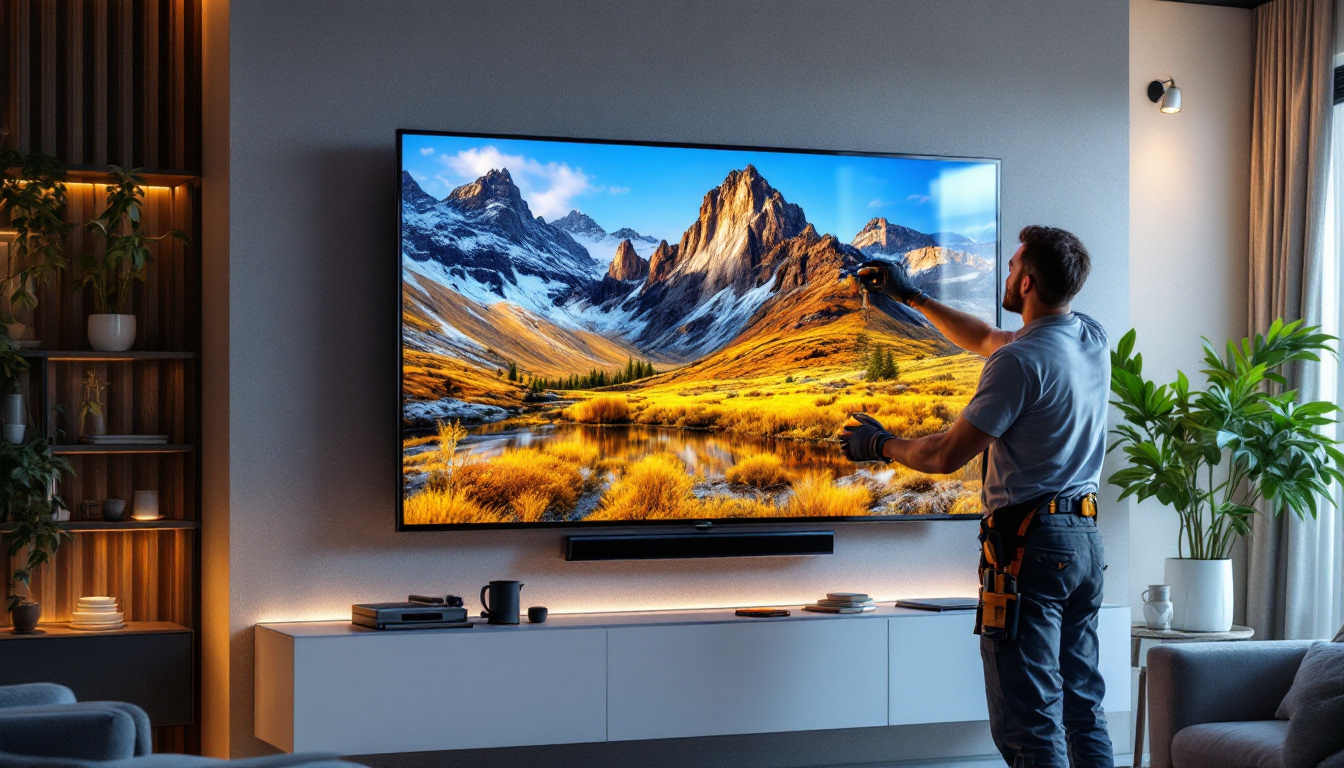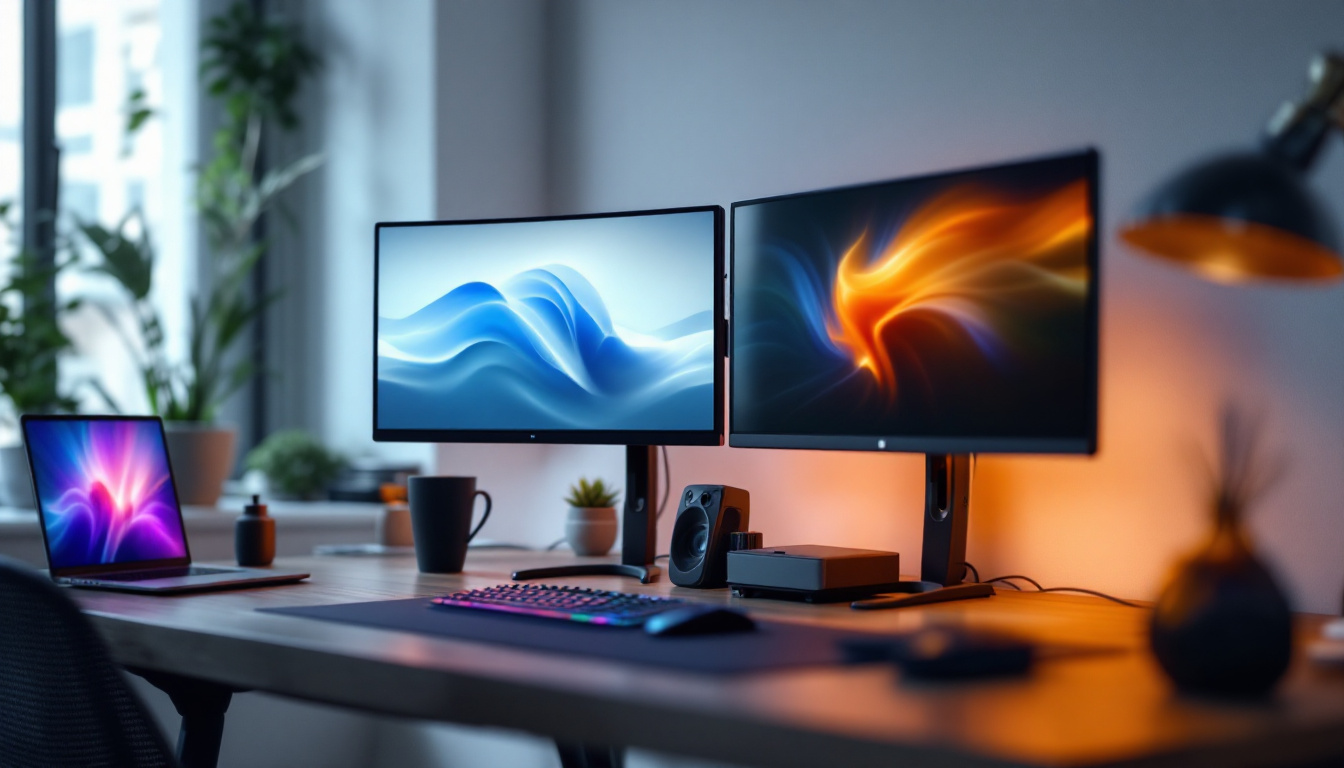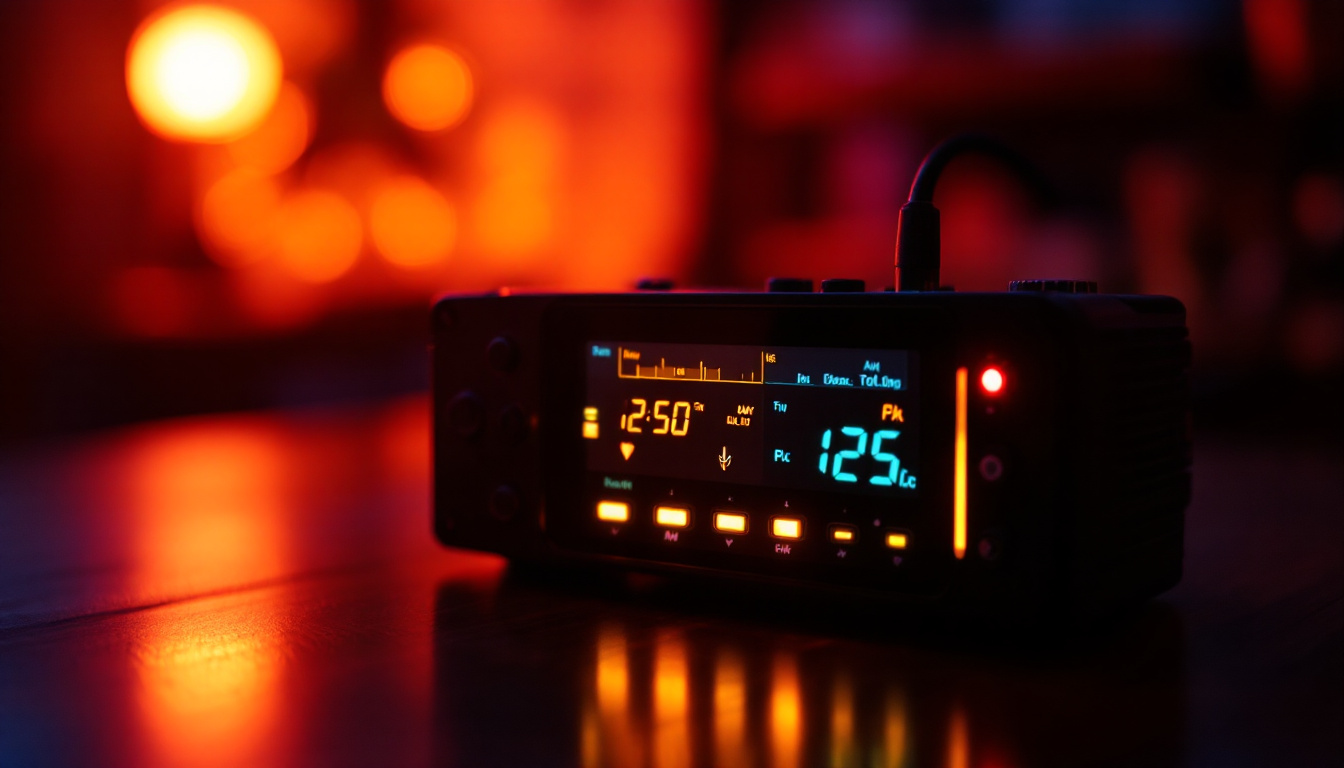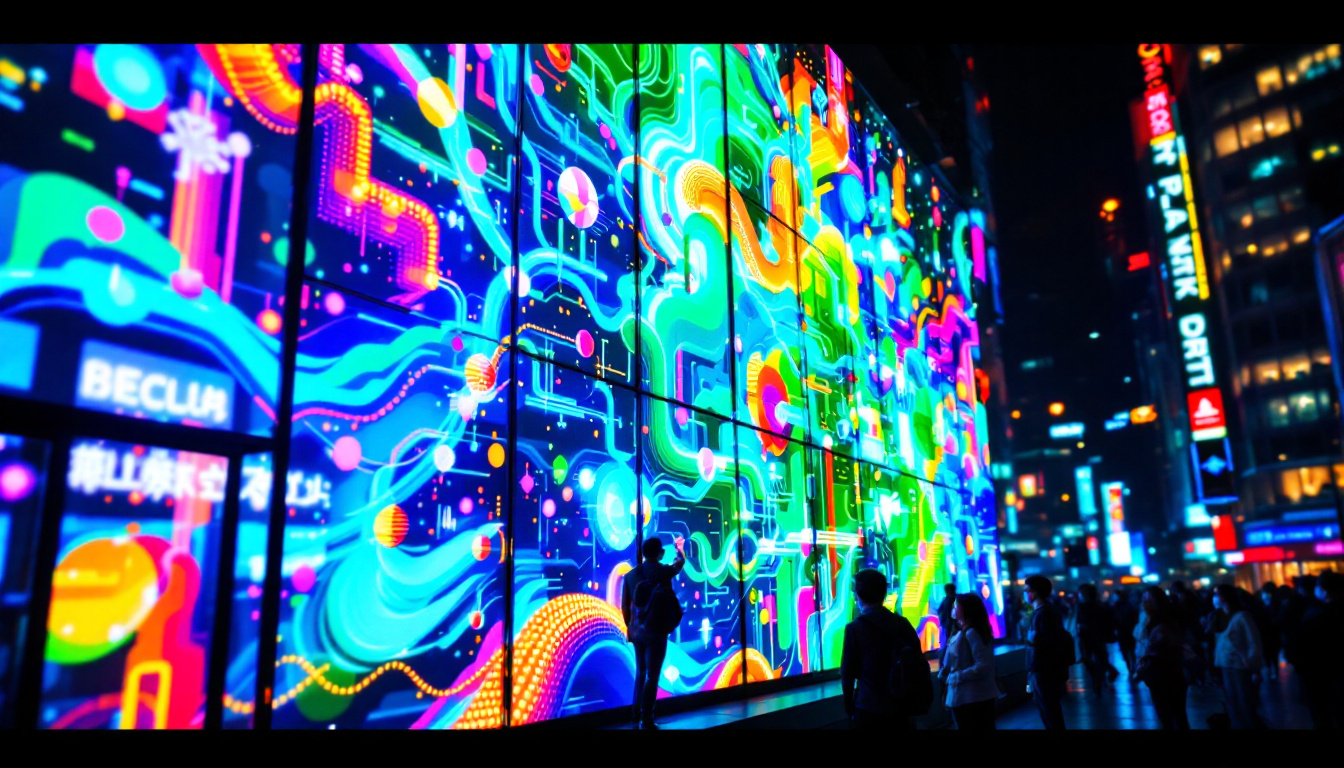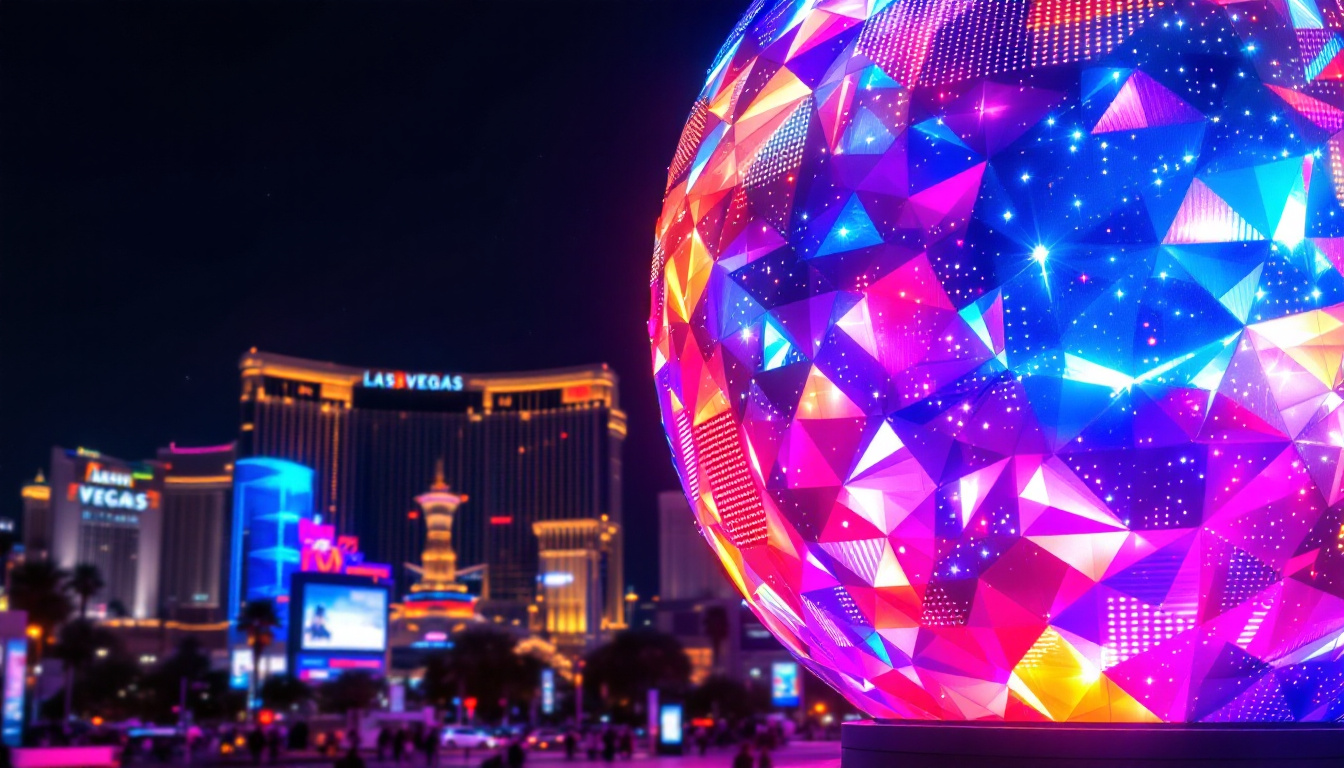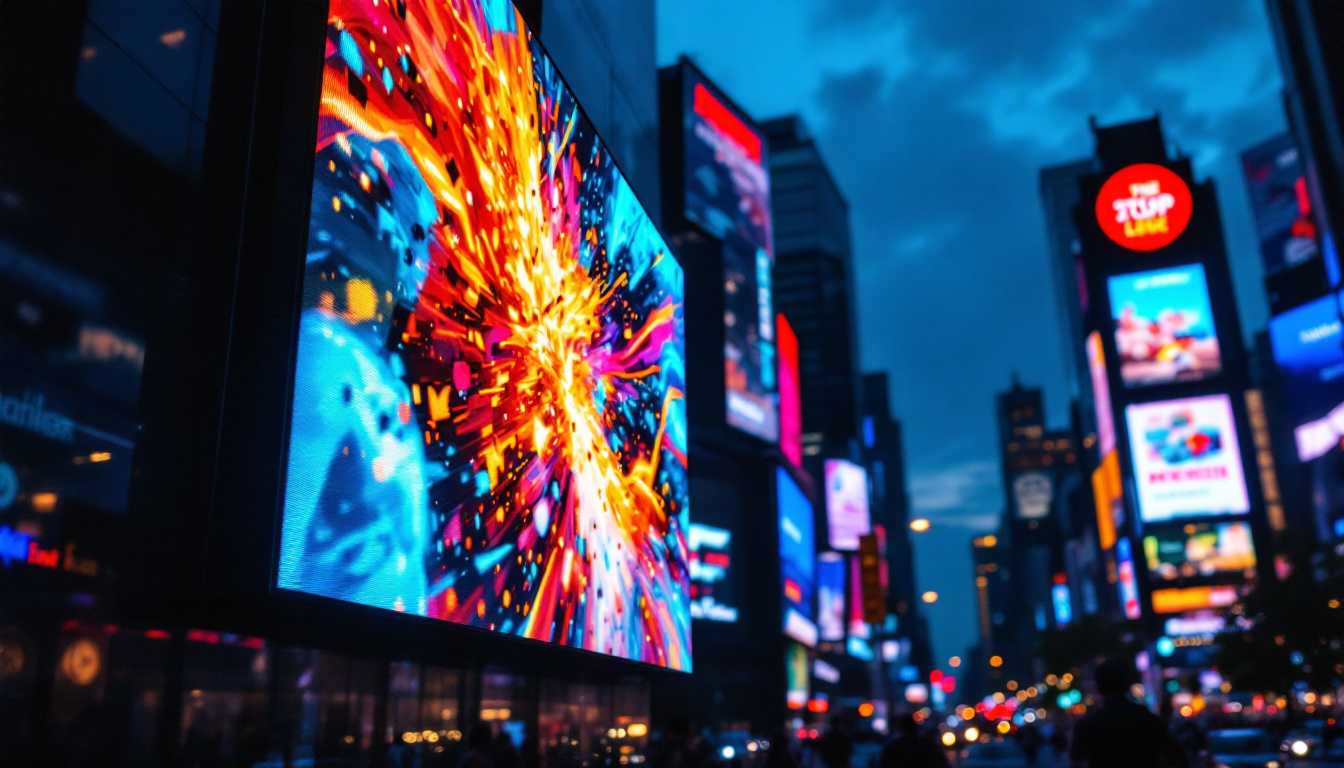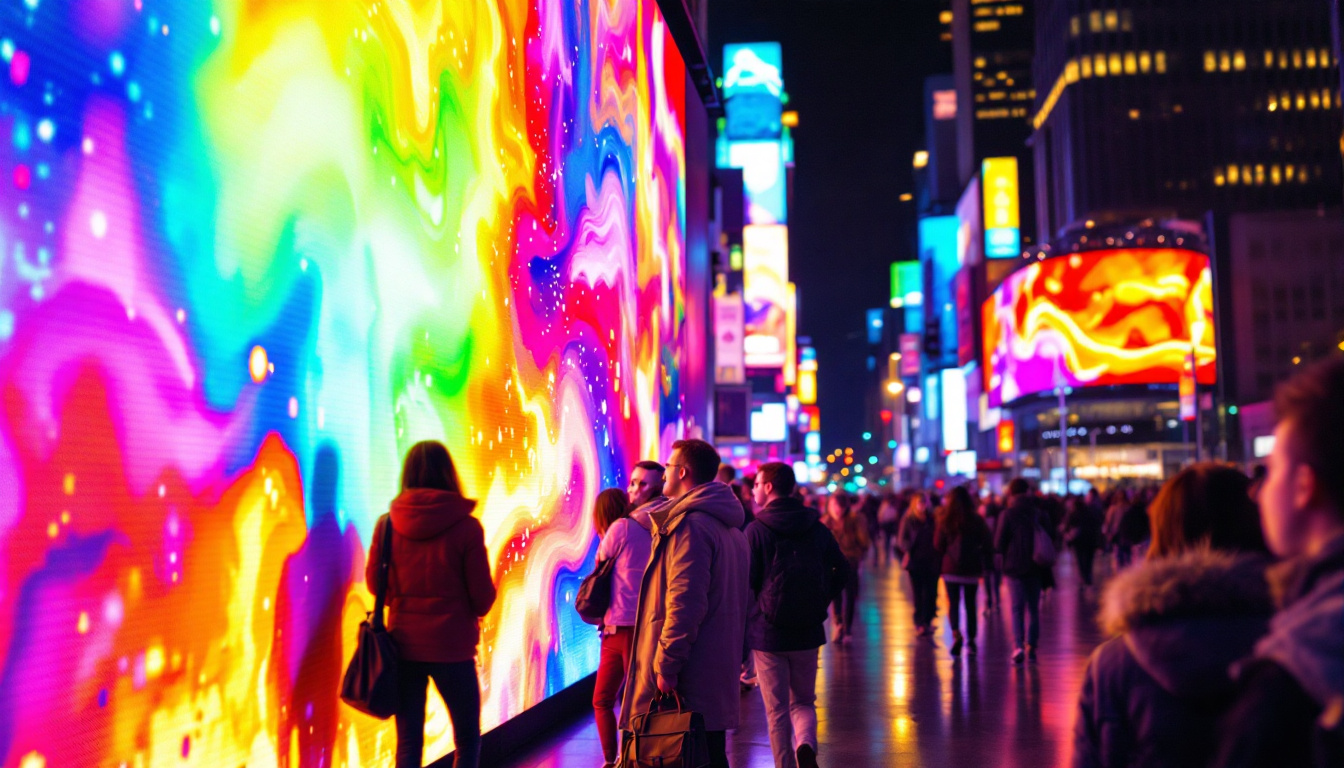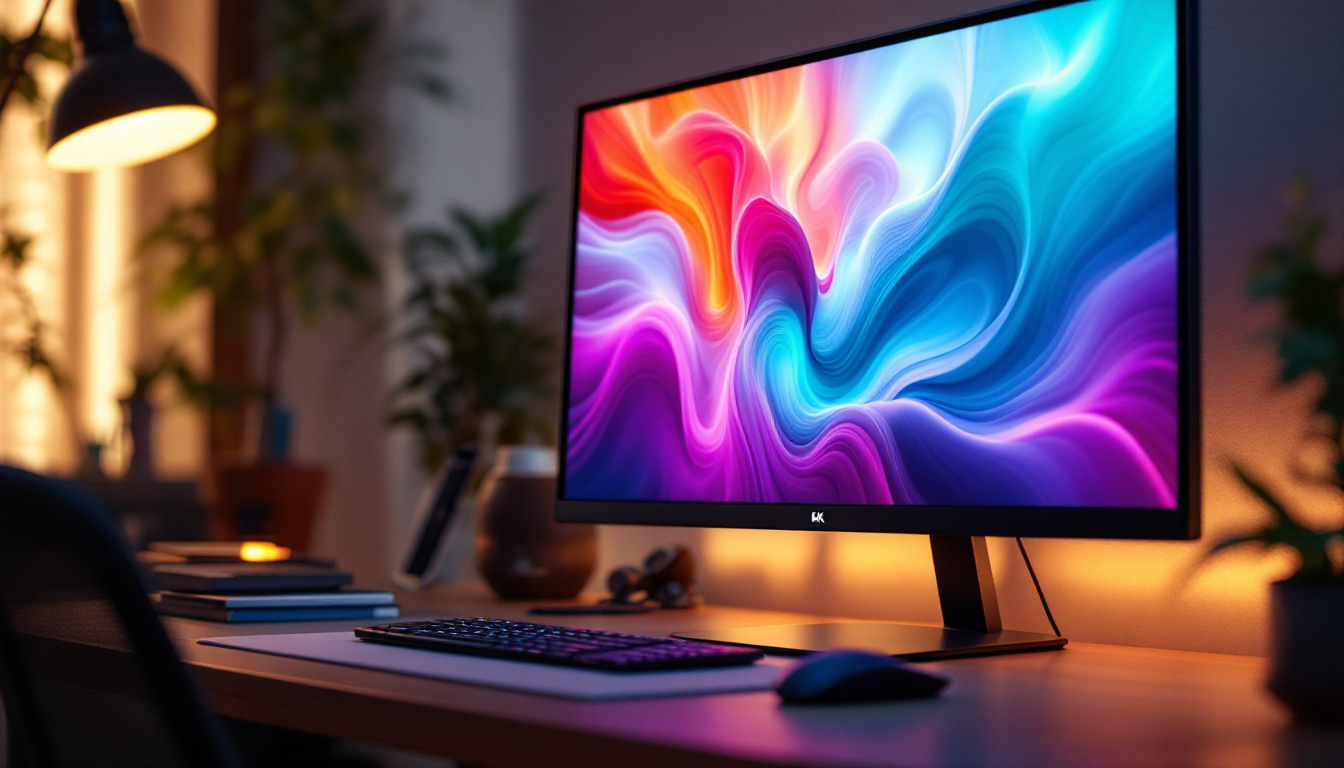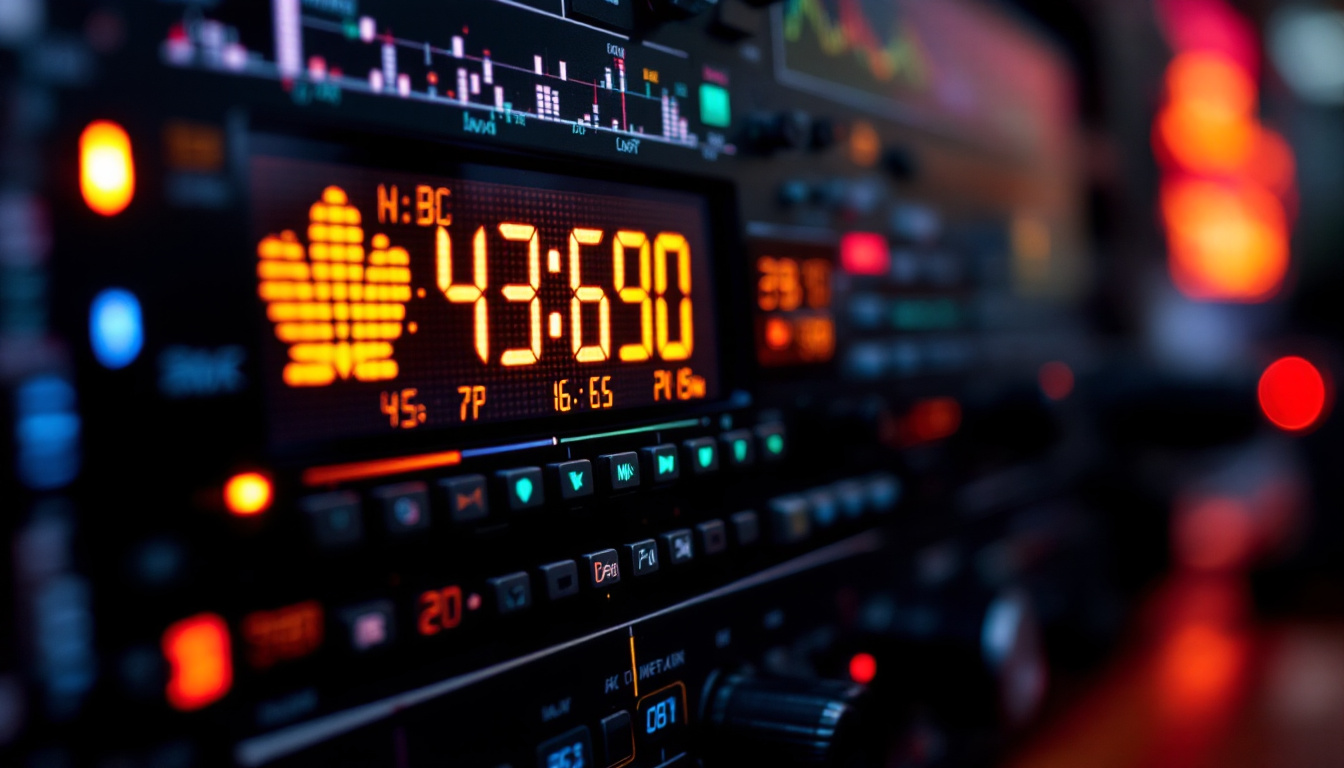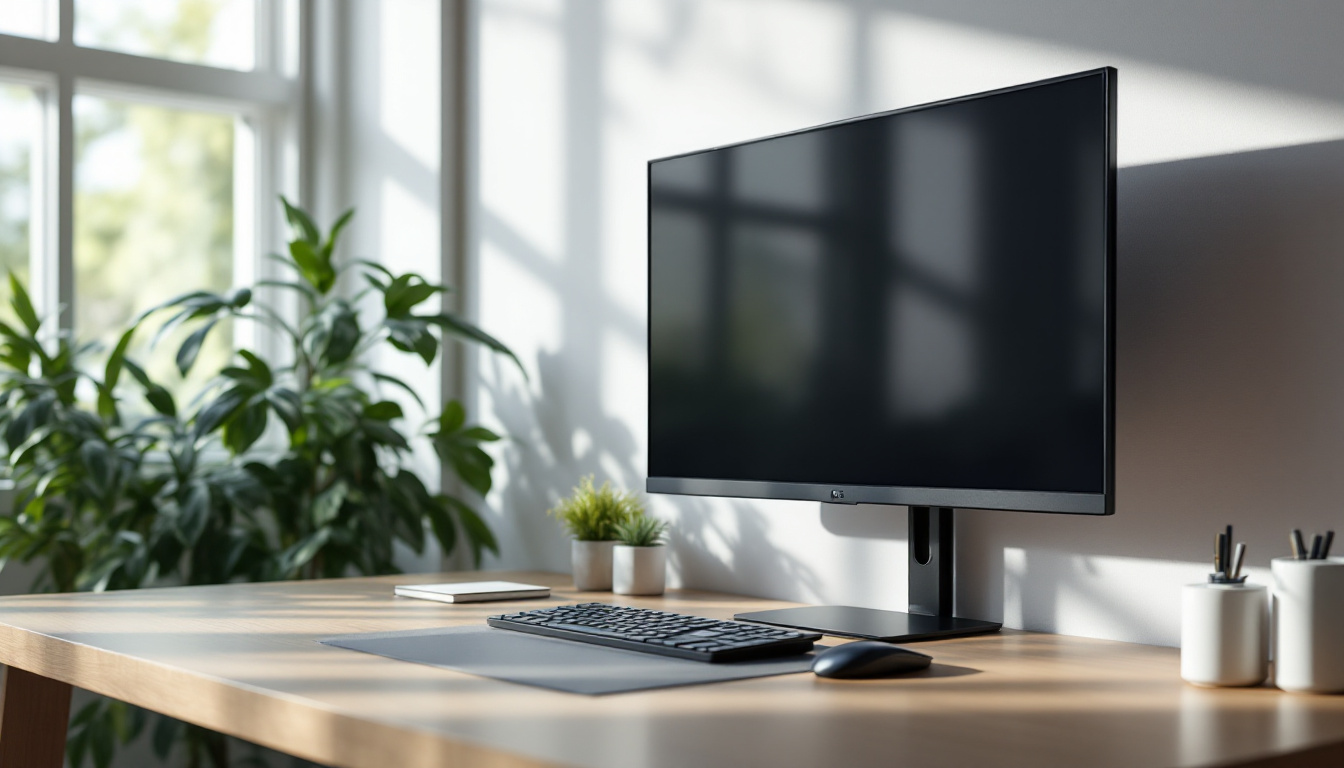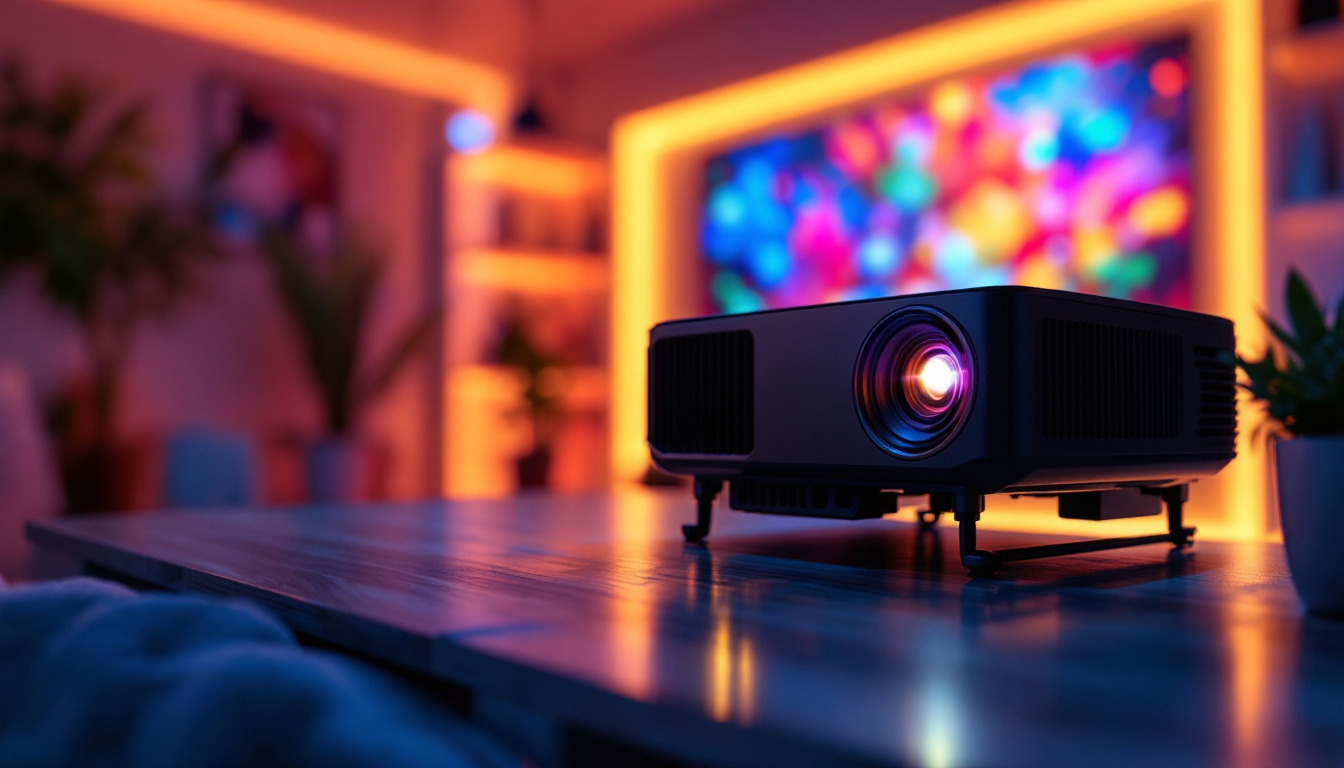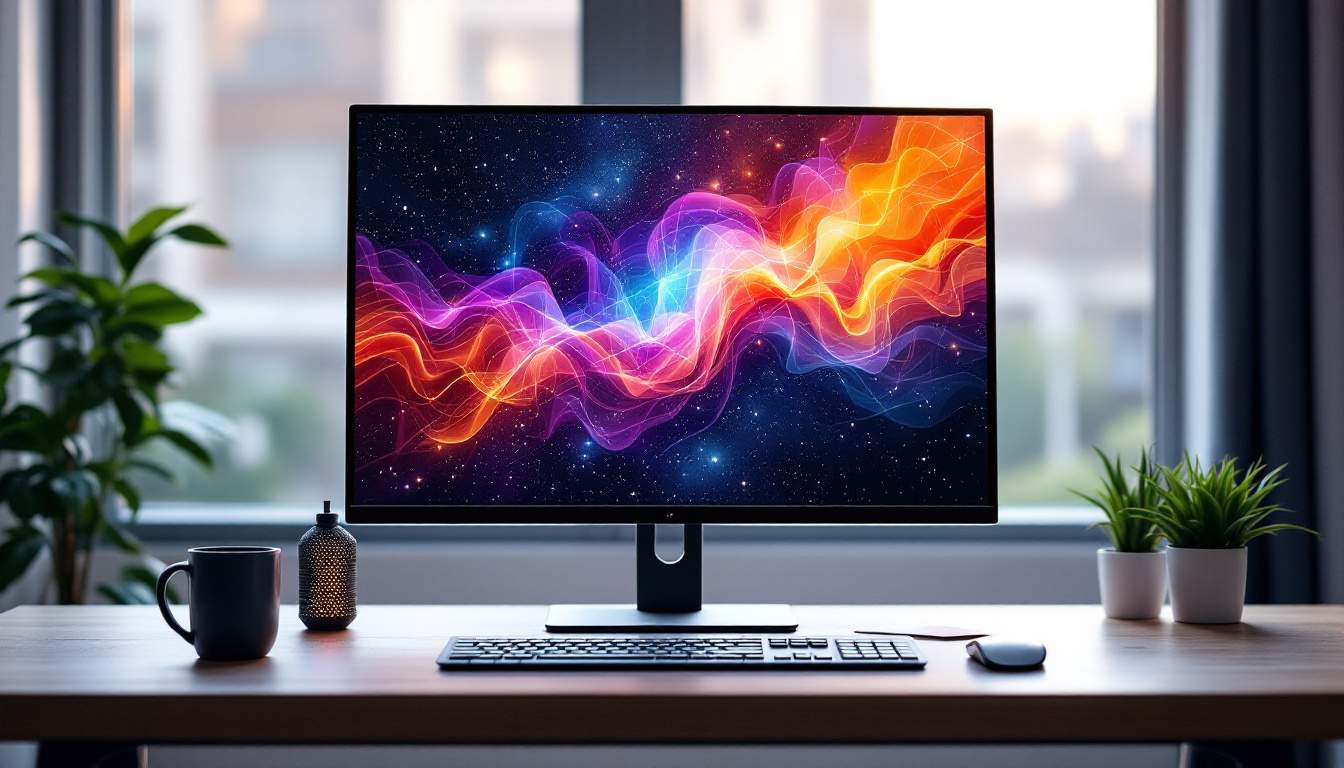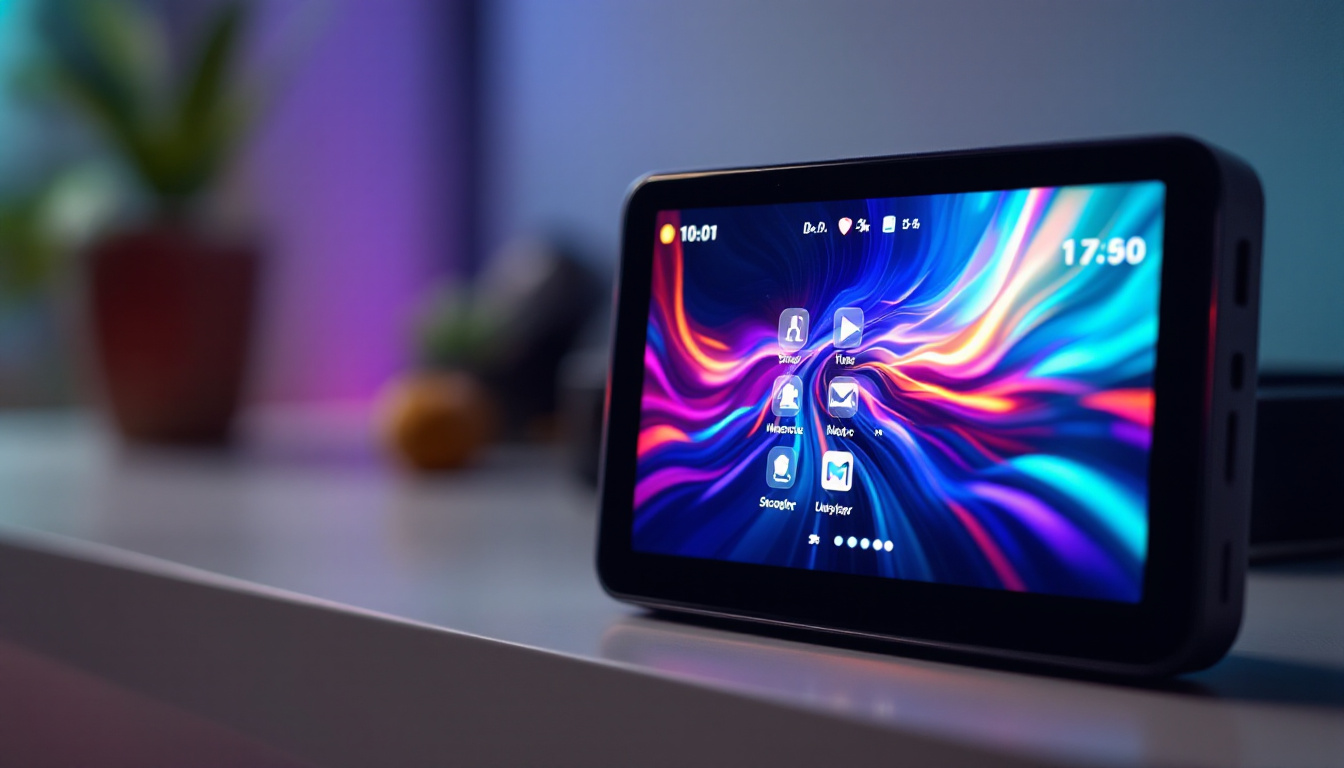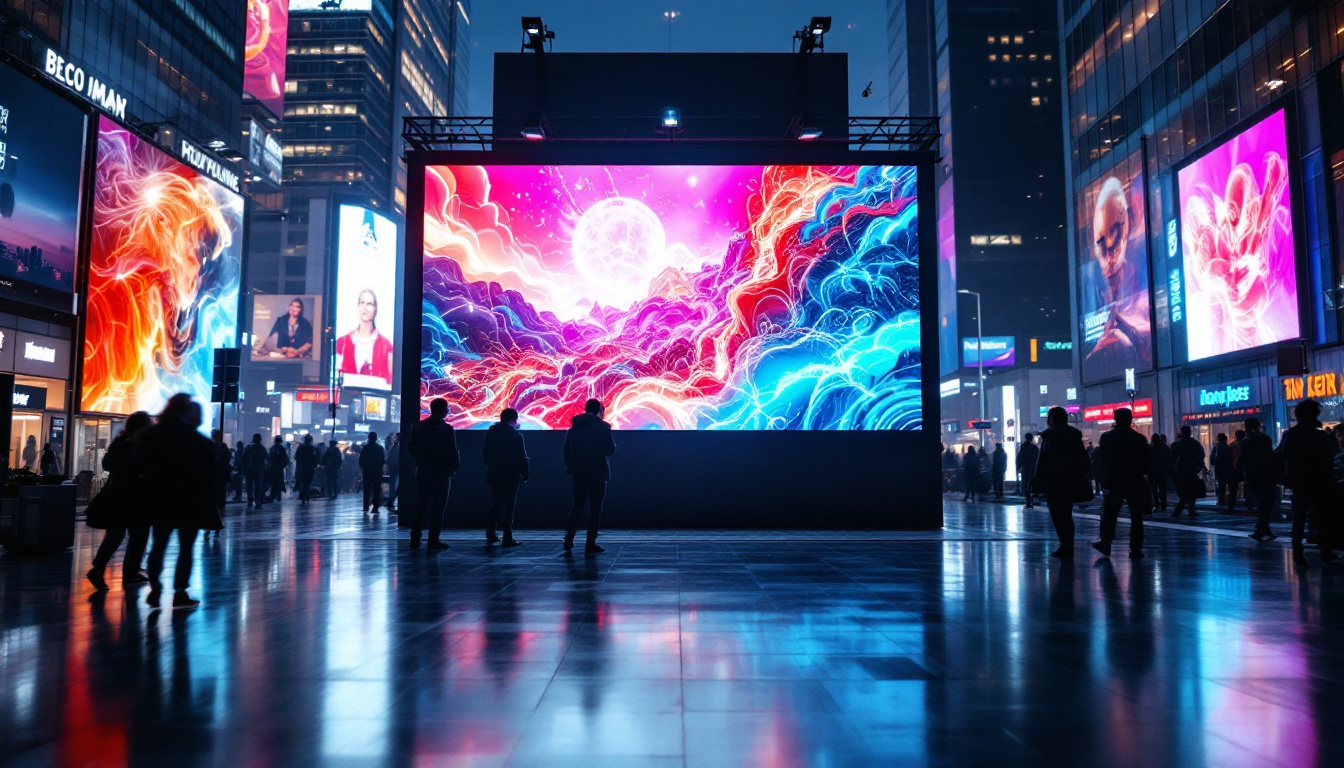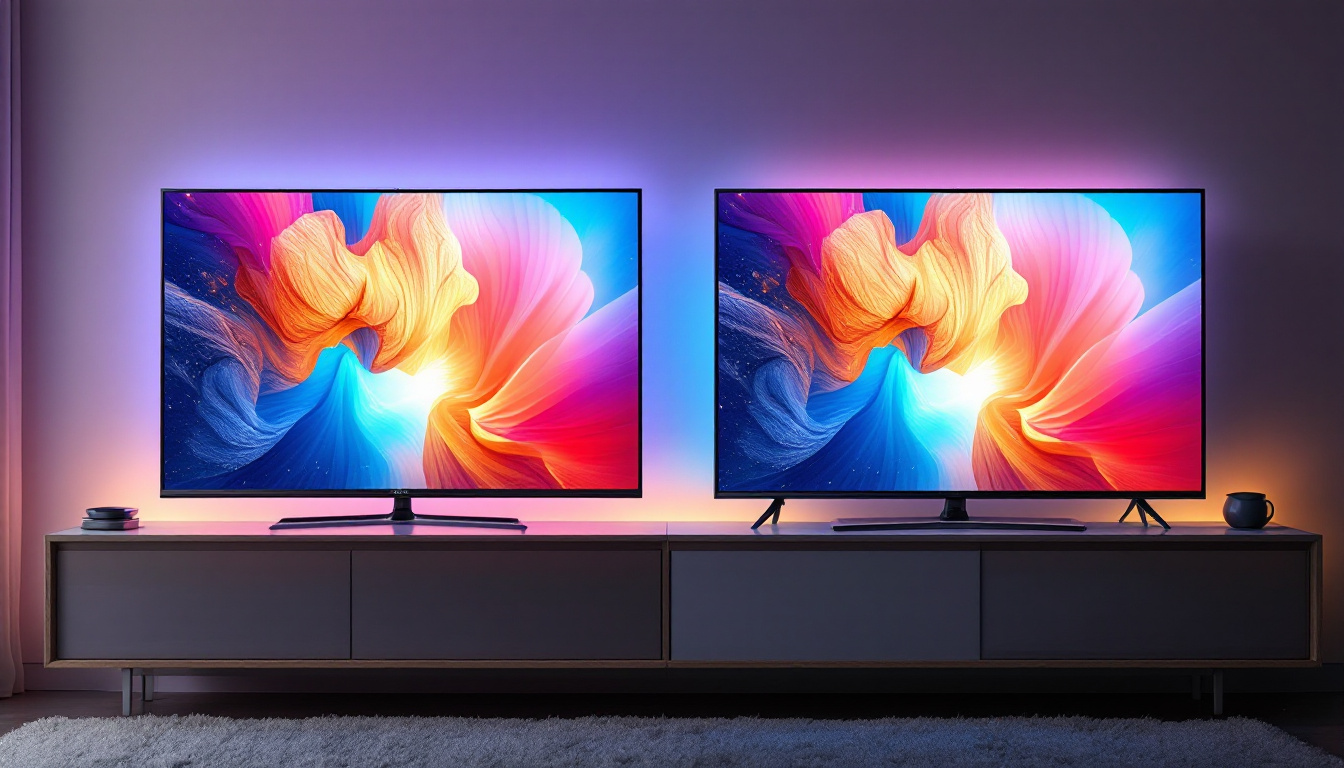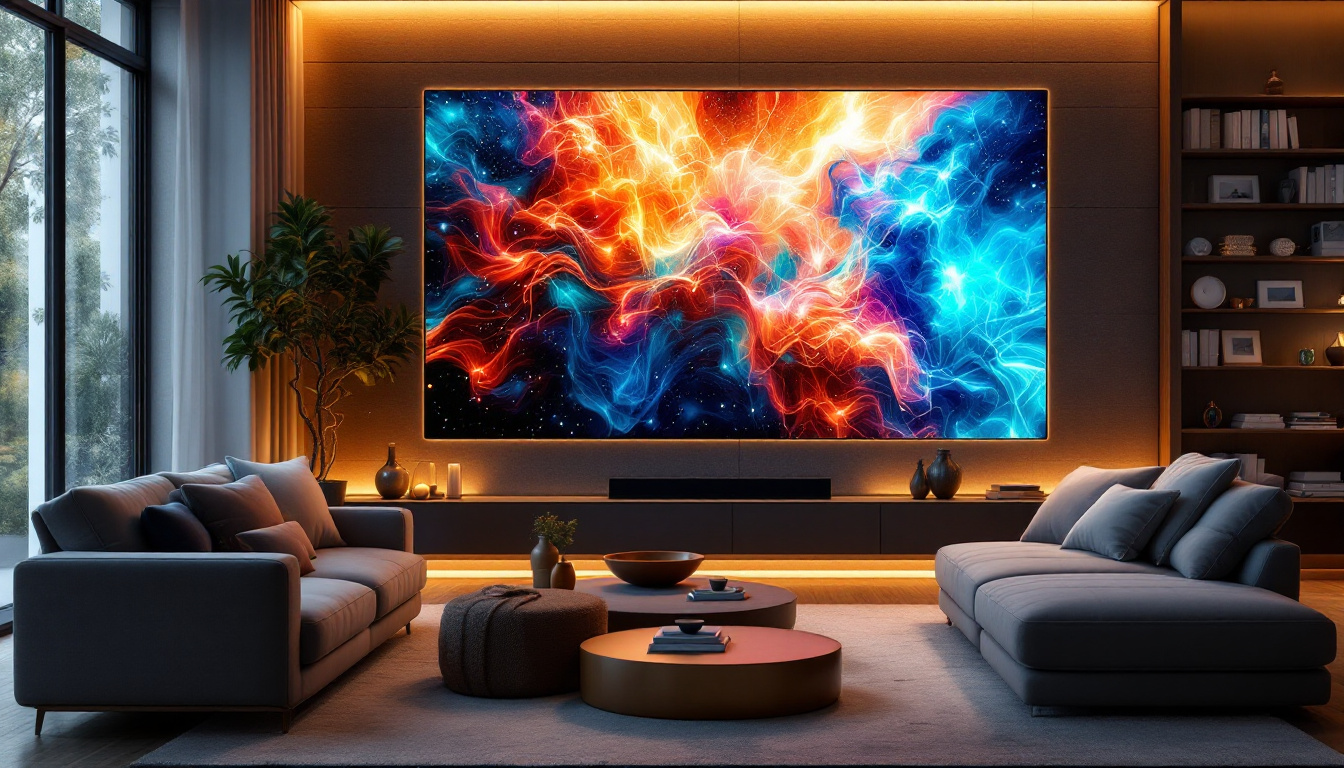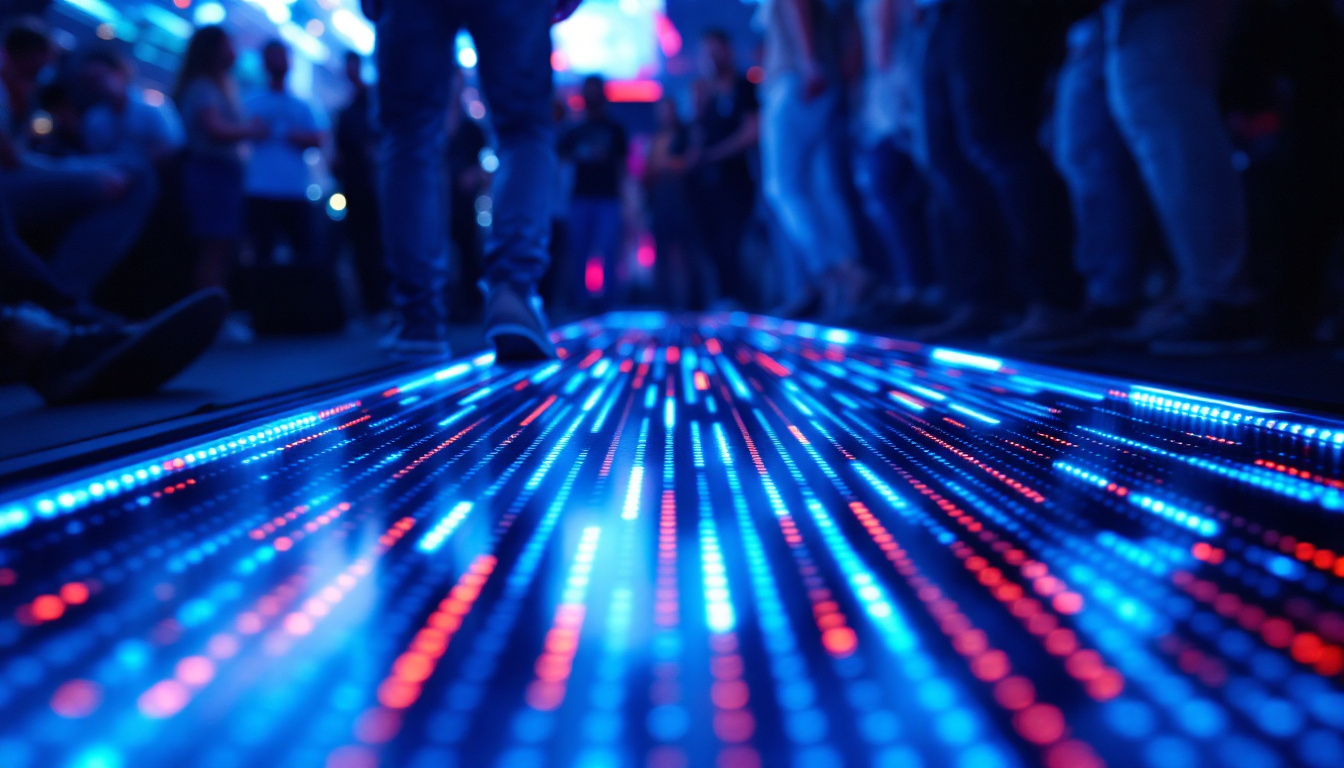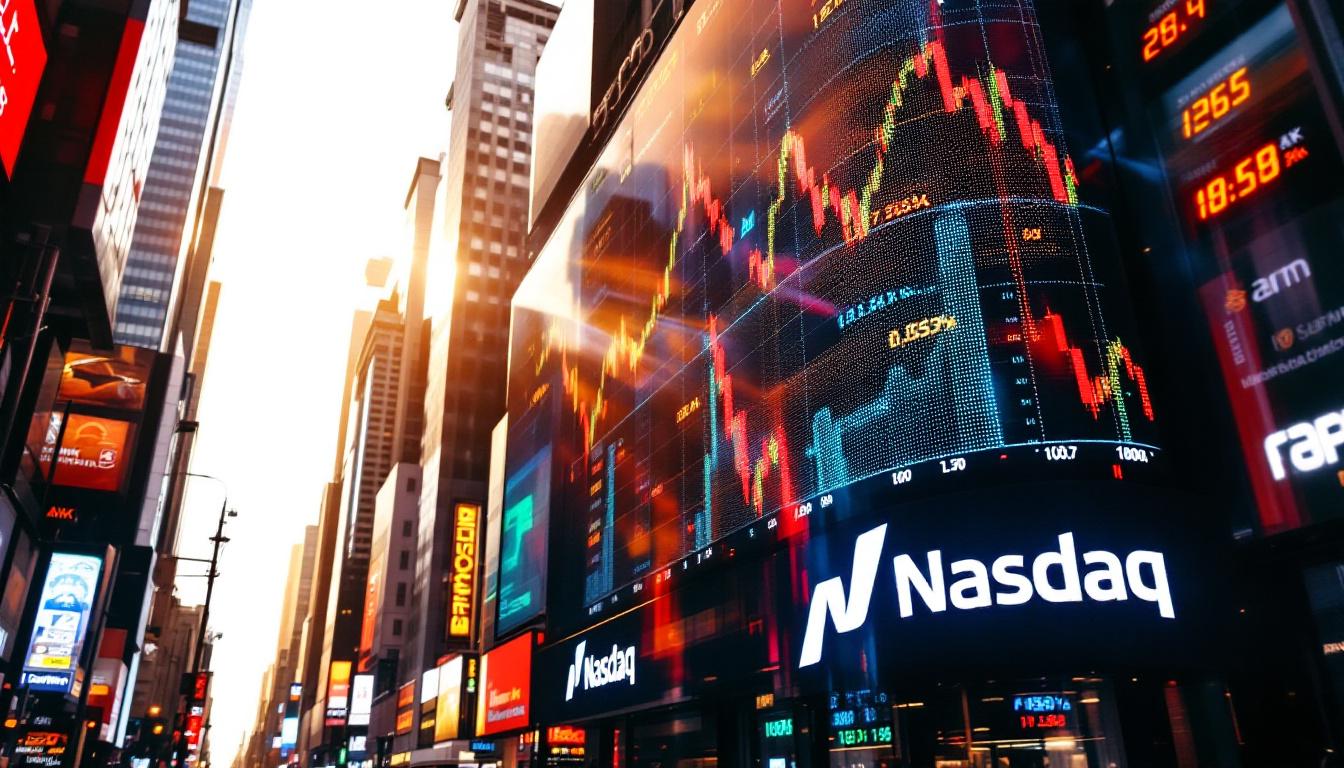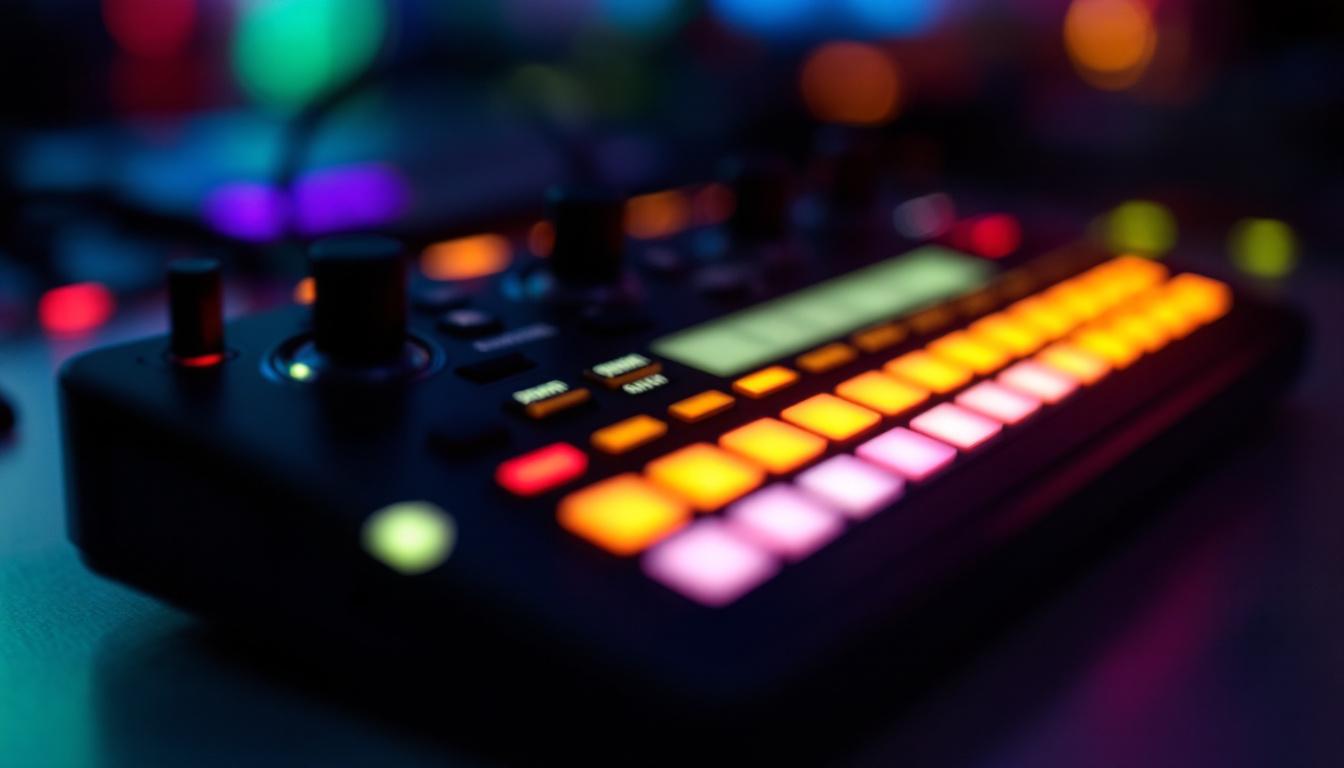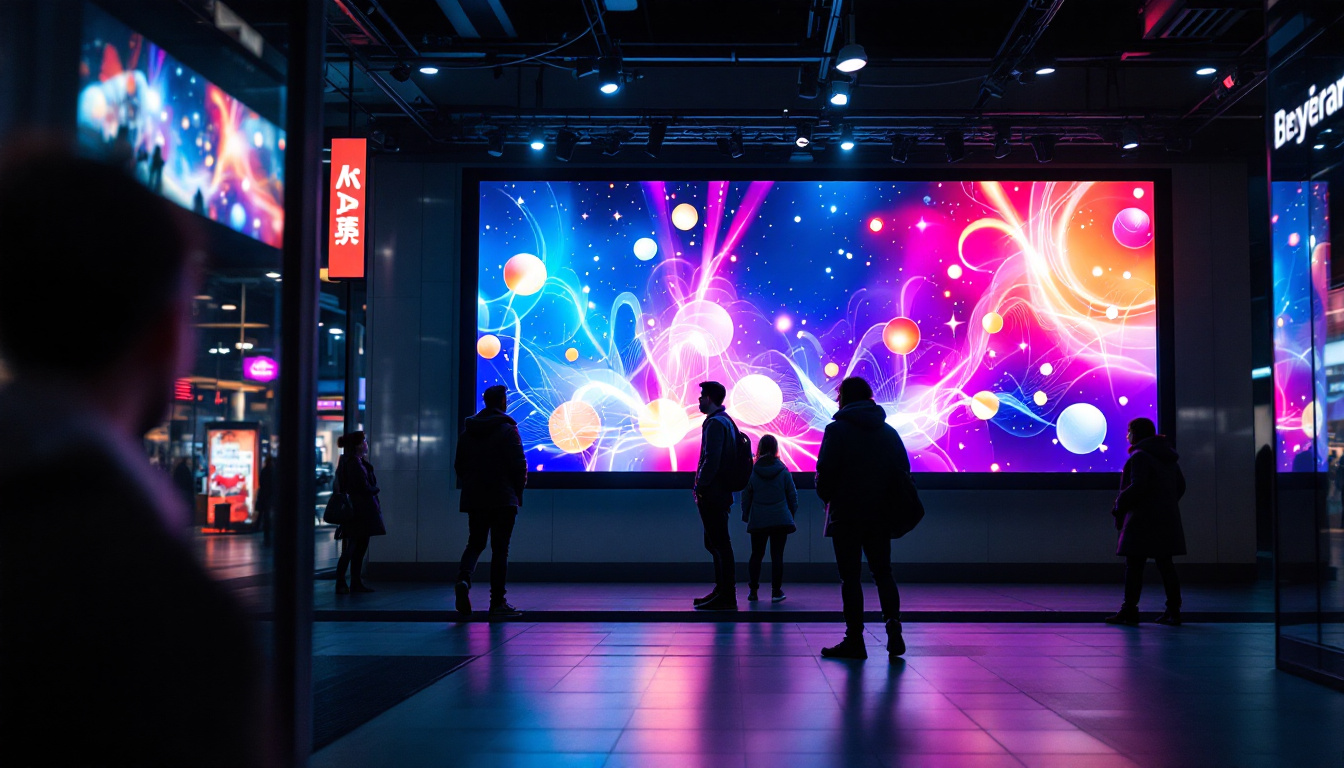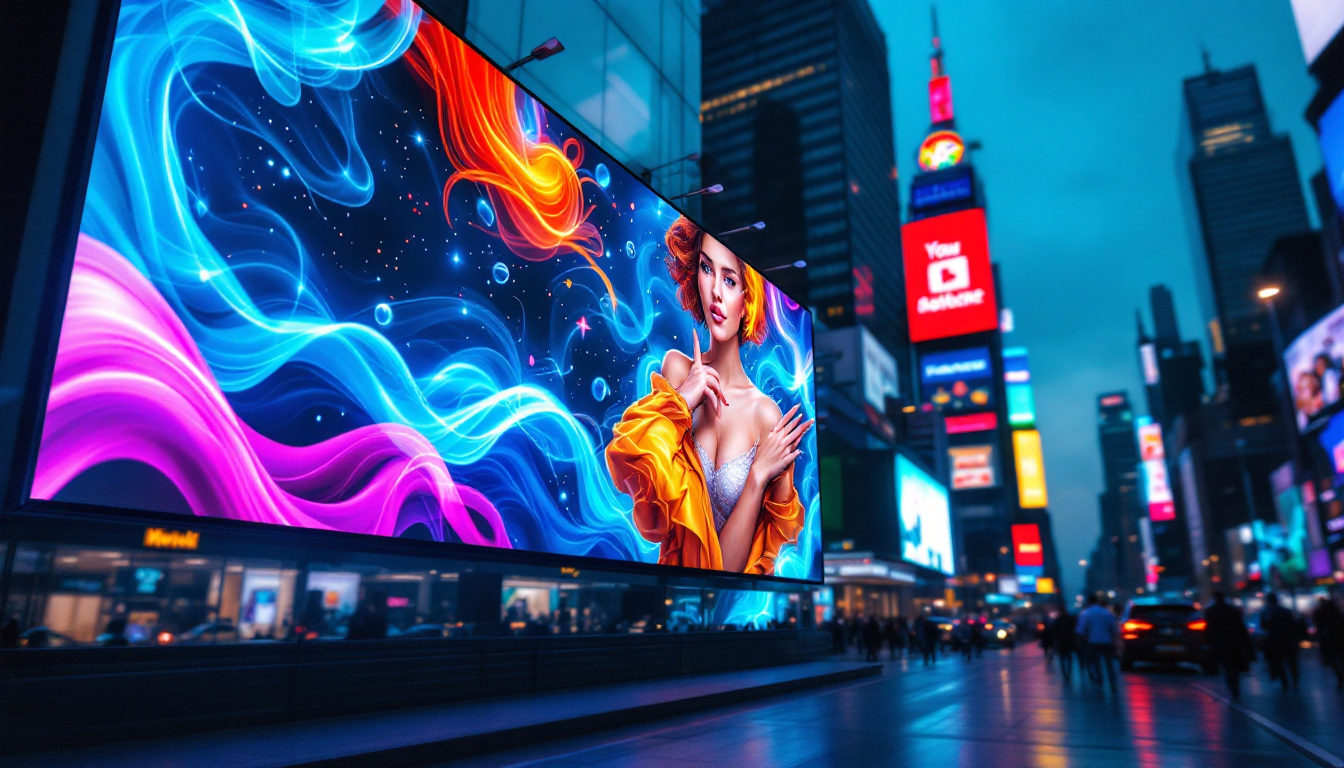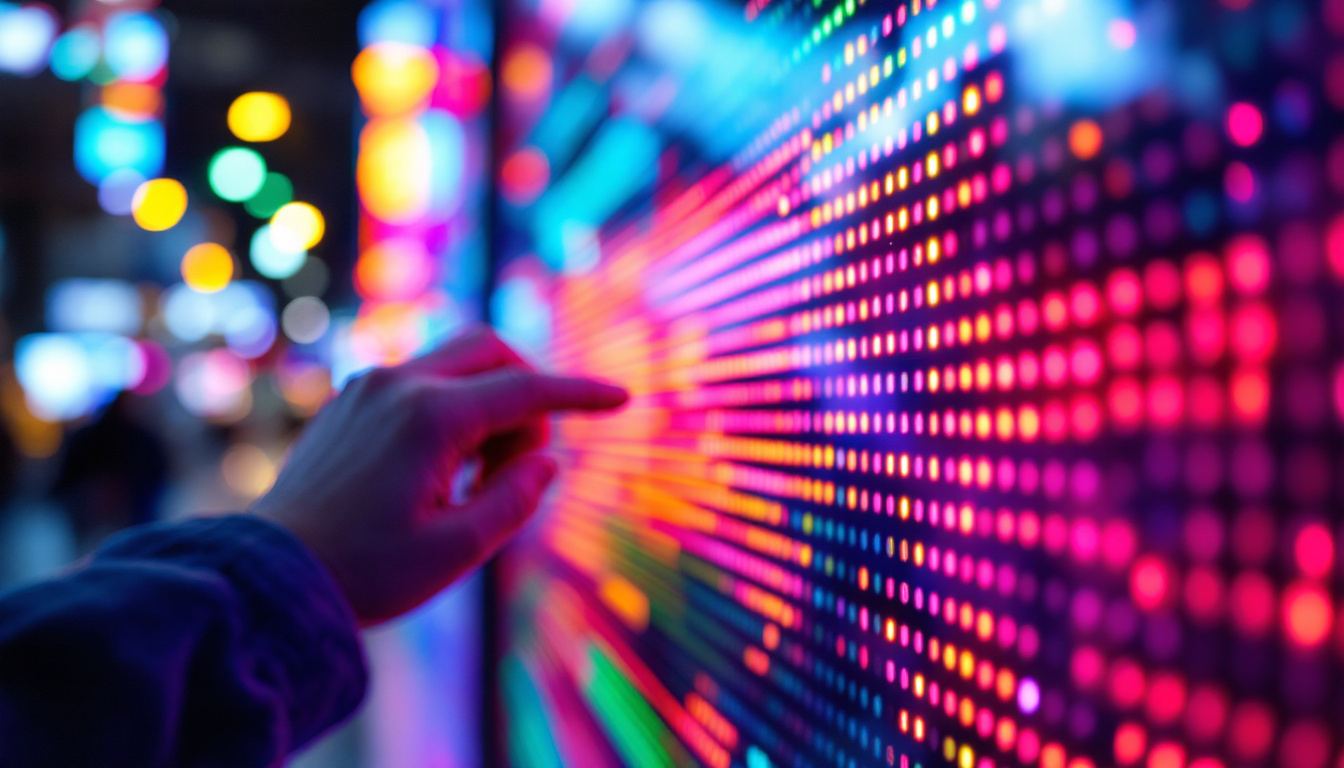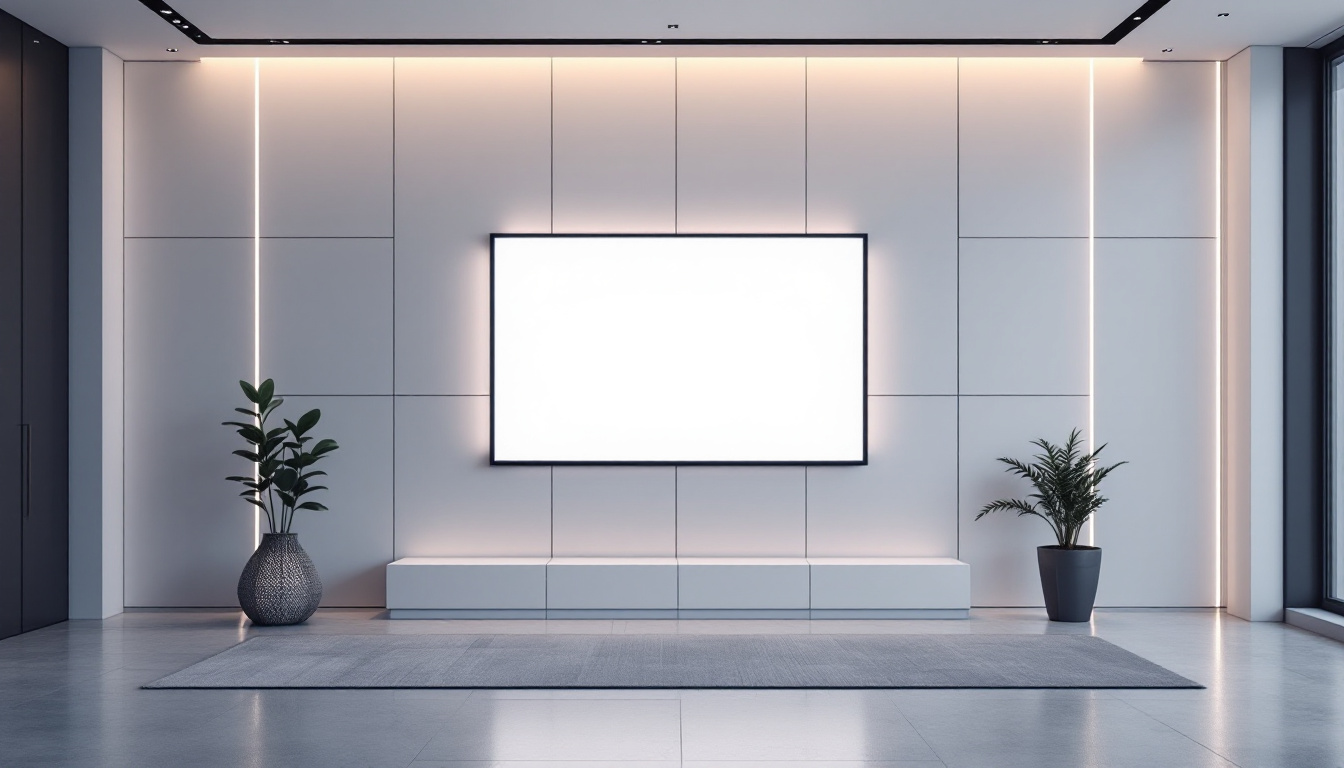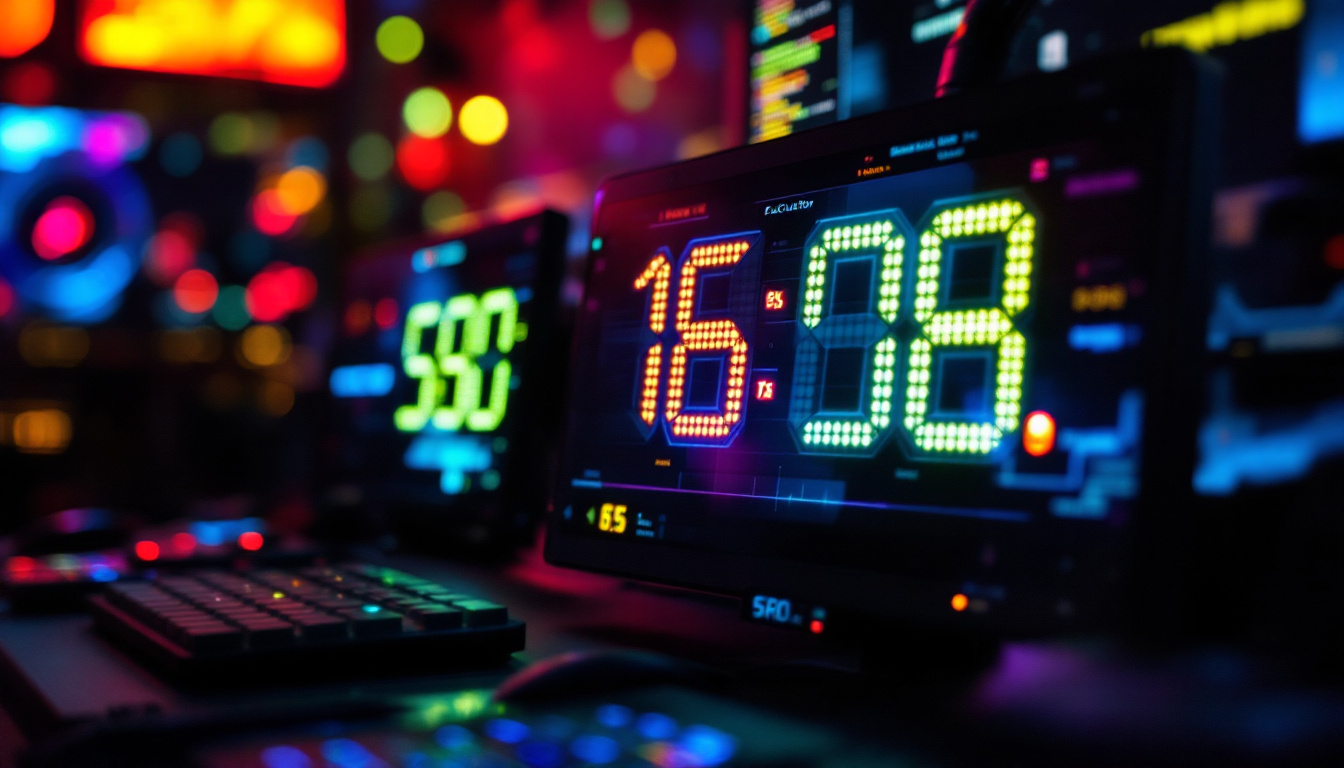In today’s fast-paced world, visual presentations play a crucial role in communication, whether in corporate settings, educational institutions, or entertainment venues. The choice of display technology can significantly impact the effectiveness of these presentations. Among the various options available, LED displays have gained immense popularity due to their vibrant colors, high brightness, and versatility. This article delves into the world of projector and screen rentals, with a particular focus on LED display technology.
Understanding LED Displays
LED displays, or Light Emitting Diode displays, are a type of flat panel display that utilizes LEDs to produce images. Unlike traditional projectors that rely on lamps, LED displays offer several advantages that make them a preferred choice for many events. Their compact design, energy efficiency, and superior image quality are just a few of the reasons why they are becoming increasingly popular.
How LED Displays Work
LED displays operate by using an array of tiny light-emitting diodes to create images. Each diode emits light in different colors, and when combined, they produce a full-color image. This technology allows for greater brightness and contrast compared to traditional projection methods. Additionally, LED displays can be configured in various sizes and shapes, making them highly adaptable for different environments.
One of the key features of LED technology is its ability to maintain image quality even in brightly lit environments. This characteristic makes LED displays ideal for outdoor events or venues with significant ambient light, where traditional projectors might struggle to deliver clear images. The ability to adjust brightness levels dynamically also means that LED displays can be optimized for various settings, ensuring that viewers always receive the best possible experience.
Benefits of Using LED Displays
LED displays offer numerous benefits that enhance the viewing experience. Firstly, they provide exceptional color accuracy and brightness, ensuring that images appear vibrant and lifelike. This is particularly important for presentations that rely heavily on visual content, such as marketing pitches or educational lectures. The high refresh rates of LED displays further contribute to their ability to present fast-moving images without blurring, making them ideal for video content and animations.
Another significant advantage is their energy efficiency. LED displays consume less power than traditional projectors, making them a more sustainable choice for long-term use. Additionally, their longer lifespan reduces the need for frequent replacements, further contributing to cost savings. The reduced heat output of LED technology also means that cooling systems are less necessary, which can lead to additional energy savings and a more comfortable environment for audiences.
Applications of LED Displays
The versatility of LED displays allows them to be used in a wide range of applications. In corporate settings, they are often utilized for presentations, conferences, and trade shows. Their ability to deliver high-quality visuals makes them ideal for showcasing products or services effectively. Moreover, many companies are now integrating LED displays into their branding strategies, using them as dynamic signage that can be updated in real-time to reflect promotions or announcements.
In educational environments, LED displays enhance the learning experience by providing clear and engaging visuals for students. They can be used for lectures, interactive sessions, and even remote learning setups. Furthermore, in the entertainment industry, LED displays are commonly found in concerts, festivals, and sporting events, where they captivate audiences with stunning visuals. The immersive experience created by large-scale LED displays can transform an event, drawing in viewers and creating a memorable atmosphere. Beyond these applications, LED technology is also making strides in public transportation systems, where real-time information displays keep passengers informed and engaged during their journeys.
Projector and Screen Rentals: The Basics
For many businesses and organizations, investing in permanent display solutions may not be feasible. This is where projector and screen rentals come into play. Renting equipment allows for flexibility and cost-effectiveness, especially for one-time events or short-term projects.
Choosing the Right Rental Service
When selecting a rental service for projectors and screens, it is essential to consider several factors. The first is the quality of the equipment. Reputable rental companies should offer well-maintained, high-quality projectors and screens that can meet the demands of your event.
Another critical factor is the range of options available. A good rental service should provide various types of projectors, including LED, LCD, and DLP models, as well as different screen sizes and types. This variety ensures that clients can find the perfect setup for their specific needs.
Understanding Rental Costs
Rental costs can vary widely based on several factors, including the type of equipment, rental duration, and any additional services provided. Typically, LED displays may come at a higher rental price than traditional projectors due to their advanced technology and superior performance.
It’s essential to obtain a detailed quote from the rental company, outlining all costs involved. This transparency helps avoid any unexpected charges and allows for better budgeting for the event. Additionally, some rental companies may offer package deals that include setup and technical support, which can be beneficial for those unfamiliar with the equipment.
Technical Support and Setup
One of the advantages of renting projectors and screens is the availability of technical support during the event. Many rental companies provide on-site assistance to ensure that everything runs smoothly. This support can be invaluable, especially for large events where technical issues can arise unexpectedly.
Proper setup is crucial for achieving the best visual results. Rental companies typically have experienced technicians who can handle the installation and configuration of the equipment. They ensure that the projector is correctly aligned, the screen is appropriately positioned, and all connections are secure, allowing clients to focus on their presentations without worrying about technical difficulties.
Comparing LED Displays to Traditional Projectors
While LED displays offer numerous advantages, traditional projectors still hold a place in the market. Understanding the differences between these two technologies can help in making an informed decision when planning an event.
Image Quality and Brightness
LED displays generally outperform traditional projectors in terms of image quality and brightness. The vibrant colors and high contrast ratios of LED displays make them suitable for various lighting conditions, while projectors may struggle in bright environments. This difference is particularly noticeable in large venues where ambient light can wash out projected images.
However, high-quality projectors can still deliver excellent image quality, especially in controlled lighting conditions. They may be preferable for specific applications, such as home theaters or small conference rooms where ambient light can be managed effectively.
Portability and Setup
When it comes to portability, traditional projectors often have the upper hand. They are typically lighter and more compact than LED displays, making them easier to transport and set up. This can be an essential factor for events that require frequent movement between locations.
On the other hand, LED displays, while bulkier, can be set up quickly and easily, especially when using modular systems that allow for various configurations. The choice between the two may depend on the specific requirements of the event and the available resources.
Cost Considerations
Cost is a significant factor when choosing between LED displays and traditional projectors. While LED displays tend to have a higher upfront rental cost, their longevity and lower energy consumption can make them more economical in the long run. Traditional projectors, while generally cheaper to rent, may require more frequent replacements or maintenance, particularly if they are used extensively.
Ultimately, the decision should be based on the specific needs of the event, including budget constraints, venue size, and the desired visual impact.
Best Practices for Using LED Displays
To maximize the benefits of LED displays during an event, it is essential to follow some best practices. These practices ensure that the technology is used effectively, enhancing the overall presentation experience.
Optimal Placement and Positioning
The placement of LED displays can significantly affect the viewing experience. It is crucial to position the display at an appropriate height and angle to ensure that all attendees can see the content clearly. Additionally, avoiding obstructions and ensuring adequate spacing between the display and the audience can enhance visibility.
For larger events, multiple displays may be necessary to ensure that everyone has a clear view. In such cases, careful planning of the layout is essential to achieve a cohesive visual experience.
Content Preparation
Preparing content specifically for LED displays can enhance the overall impact of the presentation. High-resolution images and videos should be used to take full advantage of the display’s capabilities. Additionally, keeping text minimal and using bold, easily readable fonts can improve clarity and engagement.
Consideration should also be given to the pacing of the presentation. Rapid transitions or overly complex animations may distract the audience rather than enhance understanding. A well-structured presentation with clear visuals can significantly improve audience retention and engagement.
Testing and Rehearsals
Before the event, conducting thorough testing of the LED display setup is crucial. This includes checking connections, ensuring that content is displaying correctly, and verifying that audio (if applicable) is functioning properly. Rehearsing the presentation with the display can help identify any potential issues and allow for adjustments to be made in advance.
By investing time in preparation, presenters can minimize the risk of technical difficulties and ensure a smooth, professional delivery during the actual event.
Conclusion
Projector and screen rentals, particularly with the inclusion of LED displays, offer a versatile and effective solution for various presentation needs. Understanding the technology, benefits, and best practices associated with LED displays can help organizations make informed decisions when planning their events.
As visual communication continues to evolve, LED displays are likely to remain at the forefront, providing dynamic and engaging experiences for audiences across different sectors. Whether for corporate presentations, educational settings, or entertainment venues, the right display technology can make all the difference in delivering impactful messages.
In summary, the choice between LED displays and traditional projectors should be guided by the specific requirements of the event, including budget, venue, and desired visual impact. By leveraging the advantages of LED technology and following best practices, organizations can ensure that their presentations are not only visually stunning but also effective in conveying their messages.
Discover LumenMatrix LED Display Solutions
Ready to elevate your next event with unparalleled visual impact? Explore LumenMatrix’s extensive range of innovative LED display solutions, crafted to bring your vision to life. From vibrant Indoor LED Walls to dynamic Outdoor Displays and beyond, LumenMatrix is committed to transforming your visual communication with technology that captivates and engages. Don’t just share your message—make it resonate with clarity and power. Check out LumenMatrix LED Display Solutions today and experience the future of digital signage.

